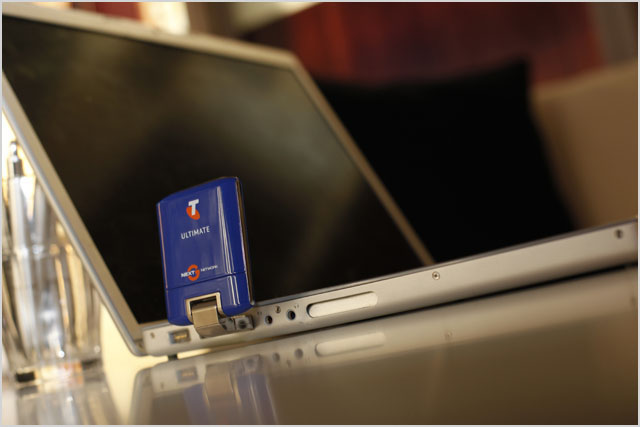news The nation’s largest telco Telstra today revealed it had signed up the first telco customer to resell its flagship Next G network, with the company being itself a wholesaler of telecommunications services named iTelecom Wholesale.
Telstra’s Next G network was constructed starting from 2005, under then-chief executive Sol Trujillo, replacing several other previous Telstra networks, including its rural CDMA coverage. According to regular tests, it boasts the fastest speeds of any Australian mobile network, as well as the broadest coverage.
Up until recently (and unlike rivals such as Optus), Telstra is not known to have expressed any interest in providing wholesale access to its mobile network, as both Trujillo and current CEO David Thodey have seen the network as providing Telstra with a competitive advantage over rivals in the largely unregulated mobile telecommunications market. However, the company recently confirmed it had started discussions with other carriers to allow wholesale access to the network.
In a statement released today, Telstra’s wholesale division said it had signed up telco wholesaler iTelecom Wholesale, which itself on-sells services to other telcos, to sell post-paid mobile phone services over Next G.
”We are delighted to expand our relationship with Telstra Wholesale,” said iTelecom’s chief technology officer Bruno Giger in Telstra’s statement. “We chose Telstra Wholesale’s postpaid mobile solution because we know we will receive a quality service over a robust and reliable network. This will underpin our Mobile Virtual Network Enabler (MVNE) platform and provide a mobile virtual network operator (MVNO) solution to retail service providers.”
Telstra Wholesale group managing director Stuart Lee said delivering enhanced solutions over existing networks was a priority for Telstra’s wholesale business, which had worked very hard to deliver the solution to market quickly.
“Customers are impressed by our high-quality handheld and wireless broadband solution, specifically the coverage and download speed,” he said. “They are also excited about the future planned release of mobile products over thecoming months including prepaid voice and wireless broadband.”
The fact that iTelecom Wholesale is itself a wholesaler opens the door for other major telcos to purchase access to resell Telstra’s Next G network. Currently, rival telcos such as iiNet offer mobile services predominantly via access to Optus’ network, which has improved in quality and speed over the past few years, but is generally considered to not offer the same performance as Telstra’s network. In August last year, national broadband provider Dodo revealed Telstra had spoken to it about selling services over its flagship Next G mobile network, for example.
However, there is also a caveat which potential customers will need to consider.
In its statement today, Telstra reiterated that the wholesale services were limited to the 3G portions of its network, which offer typical download speeds ranging between 550kbps and 3Mbps. In the CBDs of major cities, Telstra has already rolled out 4G services, which offer much higher typical download speeds ranging from 2Mbps to 40Mbps. This means that any customers who sign up to access Telstra’s Next G network through a reseller will be limited to receiving services slower than Telstra will offer direct retail customers.
Image credit: Telstra


So to be clear, they are selling their full NextG network? or a limited network i.e. what Three has?
Access to the full Next G network — but not the 4G/LTE components.
But then where is the reasoning for 3Mbps? I was under the impression NextG was capable of much more than that?
I thought they were reselling their 3G network, not their NextG network. LTE network is different again.
NextG being HSPA or HSPA+
3G = Next G. If you’re referring to the previous 3G network which was joint operated with Hutchison, that is being shut down.
I’ll query Telstra Wholesale on the issue as a whole, though.
NextG = HSPA+ (3.75G or a little more).
LTE is around 3.85G or 3.9G? LTE-Advanced is 4G.
“3G” is usually now HSDPA (3.5G).
There is a difference between what you’d call 3G and NextG, for example my HTC Desire (from the UK) couldn’t work on the NextG network but it could work on Telstras “3G” network. It wasn’t until I got a Samsung Galaxy S2 that it would work on the NextG network.
Is it possible that TLS are only reselling HSPA, rather than the HSPA+ and DC-HSDPA they’ve been offering on NextG as of recent?
Comments are closed.